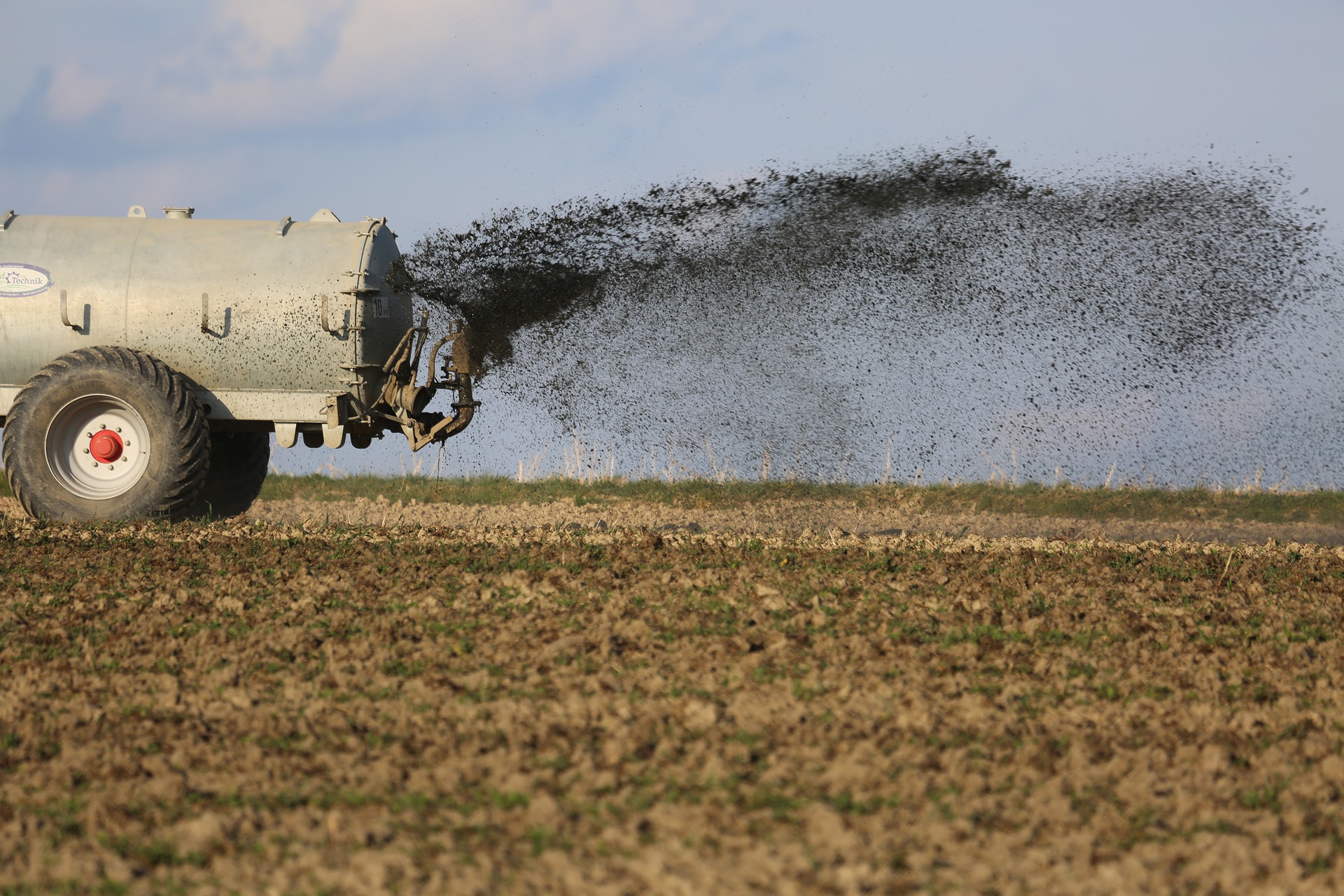By Vicki Halliwell
The launch of DEFRA’s Clean Air Strategy in January 2019 was a sure sign to UK dairy farmers that they’ll be facing increased pressure to improve the industry’s environmental performance.
Farming and food production accounts for 87% of the country’s emissions ammonia, a gas which is harmful both to human health and the environment, with dairy cows being significant producers (along with beef production and fertiliser use)
DEFRA’s plans included proposals to reduce pollution from the dairy sector, including rules around organic fertiliser use, covering slurry and digestate stores, and grants to enable farmers to adopt low emission technology.
Many of these regulations won’t come into force until 2025 at the earliest, but understanding what’s going to be expected of dairy businesses is important to building management strategies for the future.
Here, we’ve identified the five areas where making small changes now could put UK dairy farmers in a stronger position to start preparing for the bigger changes they might need to make in the years ahead.
1. Nutrition
As Grace Whitlow, environment and buildings knowledge transfer manager at the AHDB, explained at the UK Dairy Day, addressing emissions from dairy production requires a full cycle approach; which means looking at everything from nutrition to how manure is incorporated back into the soils.
Protein intake is one of the major factors influencing nitrogen excretion, and with only a third of dietary protein captured and secreted in milk, the potential for waste is significant.
AHDB research has shown that diets containing as little as 15.5% crude protein had no impact on milk yields, cow health or fertility.
This is a simple but effective measure to reduce ammonia emissions, but as with any nutrition plan, it’s important to speak to your trusted advisor before making any significant changes to diets – something Promar can help with.
2. Housing design
Another important element is cattle housing, and there are number of management routines, shed developments and technologies which can be used to minimise emissions.
Floor design is particularly important as well-drained flooring, including incorporating grooved and slatted floors, enables urine and manure to be separated easily, reducing ammonia produciton.
Scraping floors regularly is also important — whether manually or by utilising robots — while using deep straw bedding in loose housing can cut ammonia emissions by as much as 25% per cow.
The type of techniques and technology a farm might choose varies widely depending on current infrastructure and budgets, so it’s always worth getting advice on what might work in your system.
3. Slurry storage
While farmers will have to cover slurry and manure stores by 2027, there’s nothing stopping farmers from taking positive steps now.
Switching from stirring slurry to allowing it to crust – thereby creating a barrier to trap gas – can slash emissions by as much as 50%.
Meanwhile, low emission storage systems, which have some funding options available through Countryside Stewardship, can also make a difference, with slurry lagoon covers offering ammonia reductions of up to 60%.
4. Land application
When it comes to manure spreading, shallow injection has been proven to be the most effective – offering emission reductions of up to 70% – though it might not be suitable for irregular-shaped fields, hilly terrain, stony land and dry soils (if in doubt, seek professional advice).
Other options include trailing shoes, which offer 30-60% ammonia reductions, and dribble bars, which can cut emissions by about a third.
Slash plate spreading will be banned from 2028 to reduce ammonia emissions but will also improve the economic value of slurry use with as much as 80% of available N lost through splash plate spreading. For example, based on an application rate of 30m3/ha, the equivalent of up to £24/ha of available N is lost to the atmosphere as ammonia.
5. Fertiliser
For crop production, it’s important to spread urea in the right conditions in order to minimise losses in ammonia, and to focus on balancing crop type and requirements.
Spreading fertiliser at the optimum time for the crop is also critical to ensure it is used properly by the plant.
It’s also important to compare potential losses when considering fertiliser value: while UK-produced ammonium nitrate might come at a higher cost per kg when compared with granular urea, losses are typically about 2% of the total nitrogen applied.
Meanwhile losses associated with granular urea average at 27%, meaning it is significantly more expensive in the long-run.
Ultimately, there’s no doubt that managing ammonia emissions is a delicate balancing act which requires careful management.
However, by taking a full cycle approach and looking at every element of production – all of which Promar can offer advice on – the dairy sector can make significant strides in helping the country reach its clean air goals.








